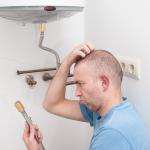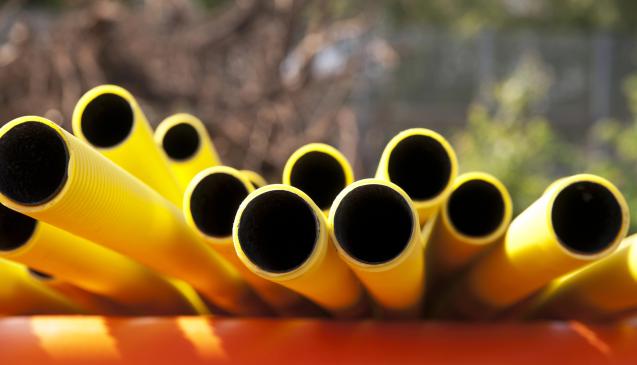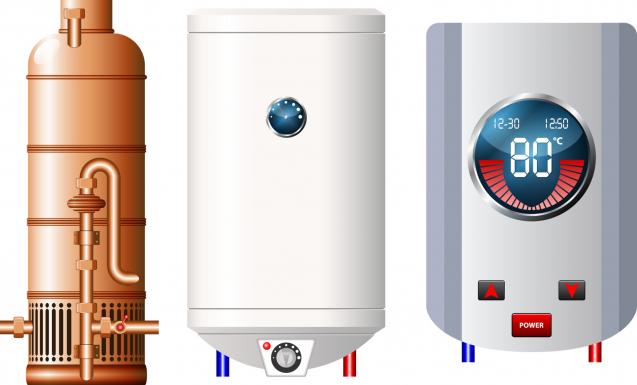
Common DIY Plumbing Blunders and Their Solutions
Understanding Plumbing Basics: A Must for DIY
Before diving headfirst into DIY plumbing, it's crucial to have a basic understanding of how your home's plumbing systems work. From the water supply system to the drainpipe system, these play a silent but significant role in the efficient running of your home. Without a good grasp of these basics, your DIY plumbing project could quickly turn from a weekend task to a major problem. Undeniably, some plumbing works are complex and thus require professional intervention. But with the correct know-how, many simple plumbing tasks can be handled by any willing DIYer.
Top Five DIY Plumbing Blunders
Everyone is prone to make mistakes, particularly when tackling unfamiliar tasks. Even the most experienced DIY enthusiasts sometimes fall foul of common blunders. Here, we delve into the top five plumbing mistakes, and the consequences that follow if they are not promptly rectified.
One of the most prevalent DIY plumbing blunders is using too much drain cleaner, which can cause severe damage to your pipes. Another common mistake is not turning off the water before starting a project, resulting in a disastrous water mess. Over tightening connections and fittings, using incompatible materials, and ignoring local building codes and regulations round up the top five common grumbles. It's important to remember that each blunder poses potential long-term damage to your plumbing system and must be avoided at all costs.
Practical Solutions to DIY Plumbing Mistakes
You're now aware of the common mistakes; next is understanding how to fix them.
Firstly, to avoid damaging the pipes with drain cleaner, opt for a 'snake' or plunge the drain before moving onto chemicals as a last resort. As for the waterworks, it's as simple as always remembering to turn off the water supply before beginning your DIY project. To prevent overtightening, remember the old plumbing adage: "hand tight is just right". Use only plumbing-approved materials to avoid incompatibility, and always get a permit when necessary to remain within building codes and regulations. By following these solutions, you'll likely see an improvement in your DIY plumbing ventures.
Prevention is Better than Cure: Avoiding Plumbing Mistakes
Preventing troubles is always better than having to fix them, especially when it comes to plumbing. Effective planning, preparation, and regular maintenance goes a long way in preventing common mistakes. Also, remember there's no shame in seeking professional help when the situation calls for it. If you’re still having issues, get a trusted plumber to help.
Your Plumbing DIY Toolkit: Essential Tools and Their Uses
Armed with knowledge, it's time to make sure you're equipped with the right tools. A well-stocked toolkit should include the basics like wrenches, plungers, snakes, pipe cutters, and plumber's tape. Always choose quality tools to ensure effectiveness and longevity. And equally as important is adhering to safety precautions while using these tools, keeping you safe as you DIY.
In conclusion, tackling DIY plumbing jobs requires a bit of knowledge, the right tools, and a sprinkle of common sense. There's no denying that it's a learning journey filled with trials and errors. However, with caution, preparedness and knowing when to call in the professionals, you're well on your way to becoming a confident home plumber. So, don't be afraid to set yourself a challenge with your next DIY plumbing project.



